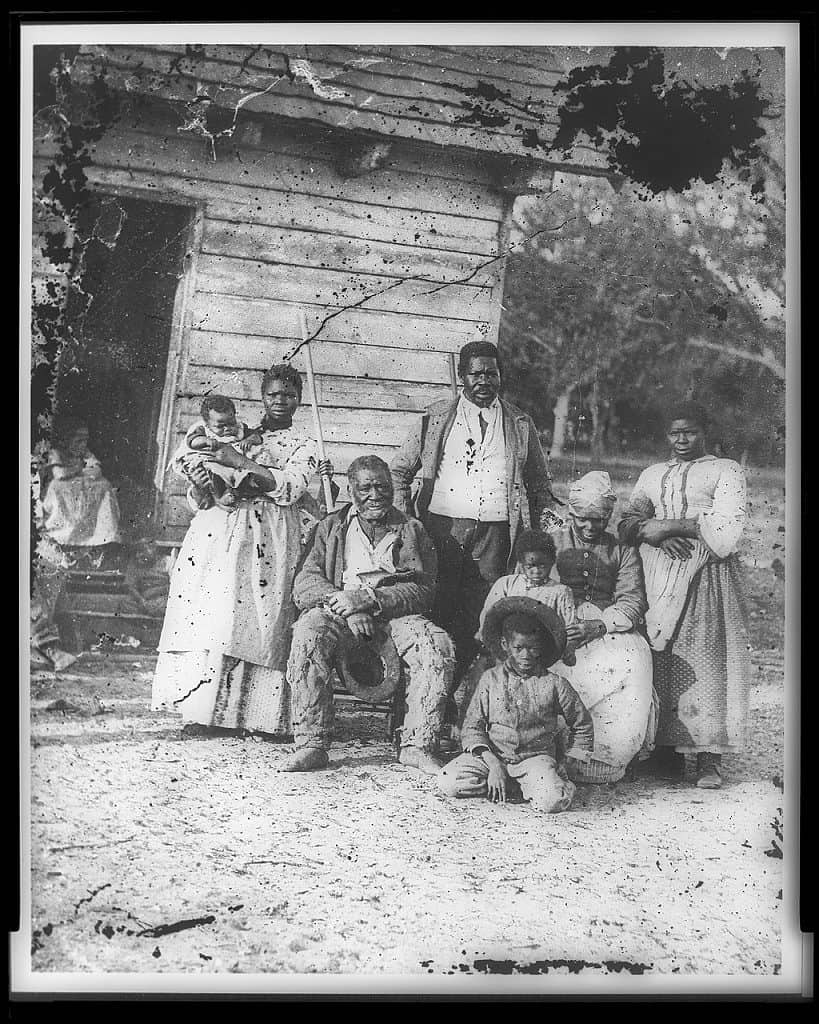Teaching with Inquiry
Teaching with inquiry is an effective and engaging way for students to explore enduring questions of the past and present.
The College, Career, and Civic Life (C3) Framework for Social Studies States Standards provides a structure for how to bring inquiry learning into classrooms. The C3 Framework is structured around an Inquiry Arc, integrating four dimensions:
-
- Developing questions and planning inquiries.
- Applying disciplinary concepts and tools.
- Evaluating sources and using evidence.
- Communicating conclusions and taking action.
Reckoning’s inquiry materials use the Inquiry Design Model (IDM). The IDM is a distinctive approach to creating instructional materials. It presents a one-page blueprint of the inquiry, from which teachers can create lessons for their classroom.
Reckoning, Inc. Inquiries
Learning Exercise
Browse Inquiries by School Level
Did the end of slavery mean freedom?
How should a nation reckon with its past?
What did freedom mean for Anna? C3 Teachers
Does it matter who freed the slaves? C3 Teachers
Did the Constitution establish a just government? C3 Teachers
Why did the South secede? Teaching Hard History
Browse Inquiries by Primary Resource
How did slavery shape my state?
How did Black soldiers bring freedom?
How did sugar feed slavery? C3 Teachers
Whose story is told in an interview?
How do sources tell the story?
Can words lead to war? C3 Teachers
Did the end of slavery mean freedom?
How should a nation reckon with its past?
What did freedom mean for Anna? C3 Teachers
Does it matter who freed the slaves? C3 Teachers
Did the Constitution establish a just government? C3 Teachers
Why did the South secede? Teaching Hard History
What hidden stories do primary sources tell?
Learning Exercise
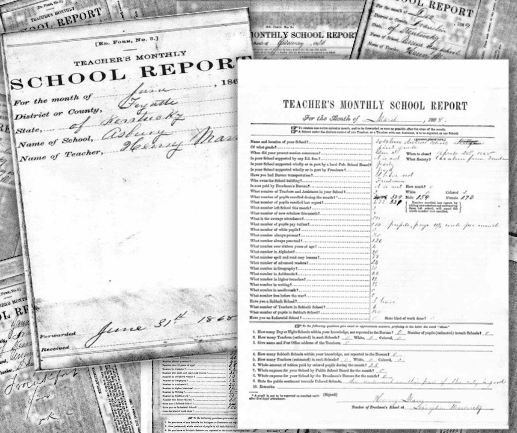
In this lesson, students analyze a primary source by generating questions that surface clues about the experiences of people in the past. Specifically, this task allows students to reflect upon the ways in which education was transformed after the Civil War—specifically through the expansion of education to the Black community. The primary source is a Freedmen’s Bureau record that documents information about the students and teachers of a Kentucky school. The second source is an excerpt from a biography about the report’s recordkeeper, written for Reckoning, Inc.
*Created for Reckoning, Inc.
How did slavery shape my state?
Elementary inquiry

Students explore how slavery impacted the development of the country and Kentucky, while also providing space to consider the extent to which public memorializations appropriately reflect slavery’s impact.
*Created for Reckoning, Inc.
How did Black soldiers bring freedom?
Elementary inquiry

This inquiry leads students through an investigation of Black soldiers’ experiences during and after the Civil War. By investigating the compelling question, students examine the experiences of enslaved people, the dangers they faced in military service (many soldiers having to escape enslavement to do so), their experiences in the military—both in terms of Black soldiers’ impact on the war’s outcomes, as well as their particular dangers faced in the war—and their post-war experiences.
*Created for Reckoning, Inc.
How did sugar feed slavery?
Elementary inquiry

This inquiry provides students with an opportunity to evaluate the relationship between the dramatic increase in European sugar consumption in the 18th and 19th centuries and the reliance on the labor of enslaved persons to produce sugar in the Western Hemisphere. In examining the compelling question—How did sugar feed slavery?—students explore the environmental, economic, and social consequences of increased sugar production.
Whose story is told in an interview?
Middle School inquiry
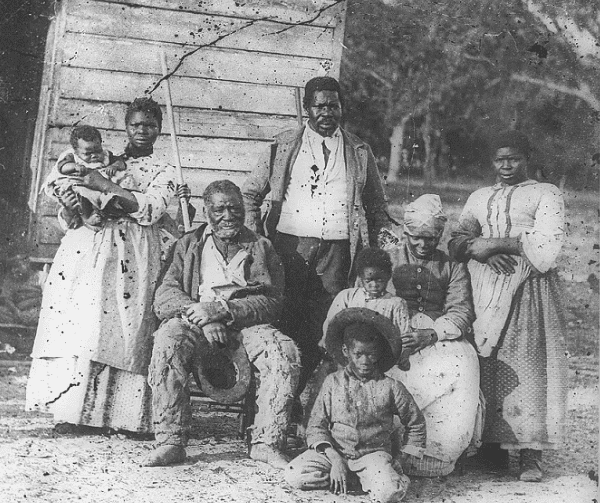
This focused inquiry is a shorter inquiry (1-2 days) with targeted sources and an intentional focus on important skills and concepts.
*Created for Reckoning, Inc.
How do sources tell the story?
Middle School inquiry

This inquiry leads students through an investigation of what historical sources can reveal about the different means by which enslaved people were emancipated. By investigating the compelling question, students will analyze accounts of formerly enslaved Kentuckians and compare their experiences to the role the federal and state governments played in emancipation. Students will use historical documents and identify possible limitations of the several sources as they reconcile different perspectives on emancipation. By completing this inquiry, students will explore several ways in which Black people were able to self-emancipate and help others gain their freedom.
*Created for Reckoning, Inc.
Can words lead to war?
Middle School inquiry

This seventh grade annotated inquiry provides students with an opportunity to explore how words affect public opinion through an examination of Harriet Beecher Stowe’s novel Uncle Tom’s Cabin. Students will investigate historical sources related to the novel and reactions in the North and South in order to address the compelling question, “Can words lead to war?” This query takes advantage of the mixed messages students often receive about the power of words. Students’ understanding about how words can make a difference is often grounded in discussions of words used to bully, instead of the power of words to encourage reform. This is an ANNOTATED inquiry with additional information on the questions, tasks, and sources within.
Did the end of slavery mean freedom?
High School inquiry
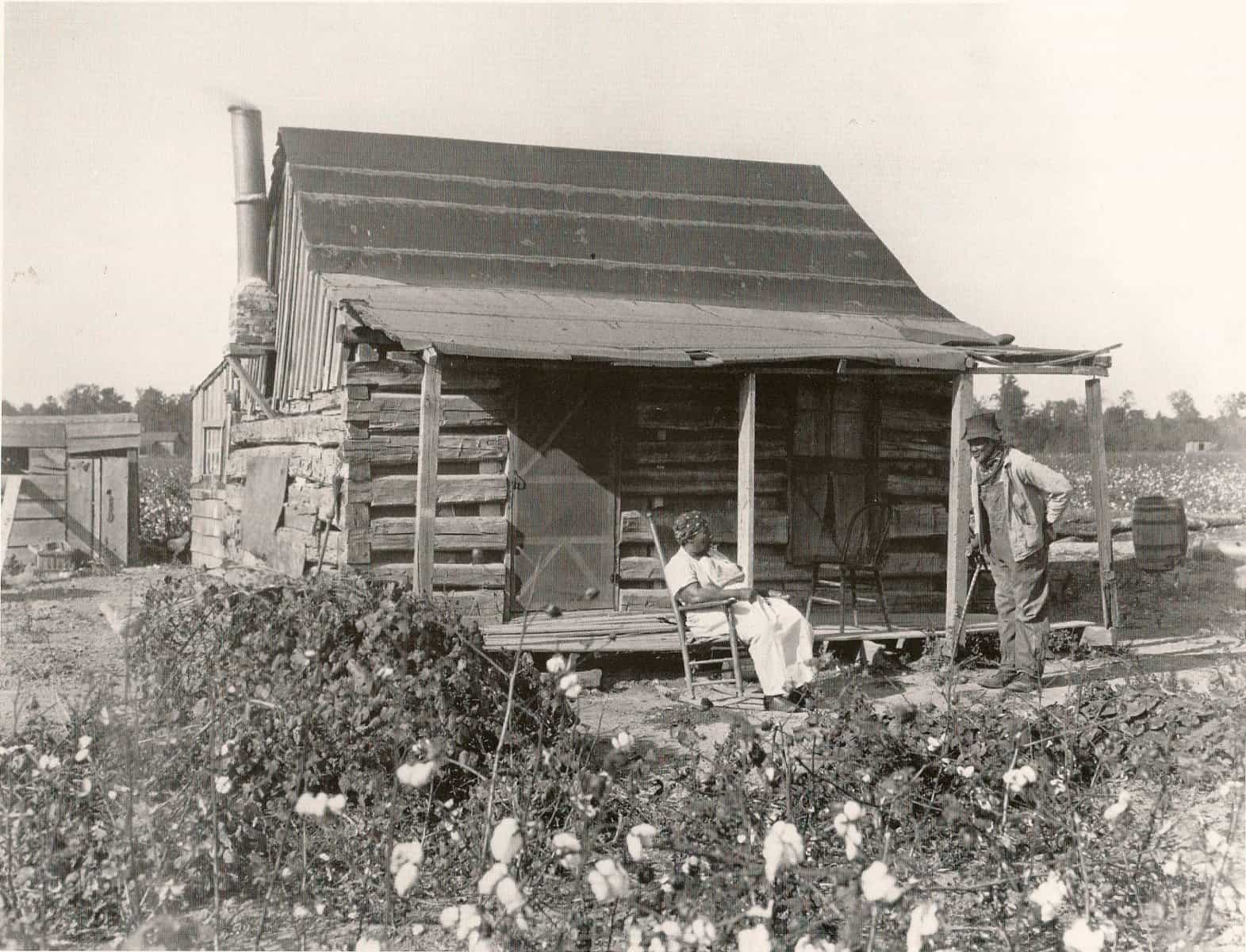
This inquiry leads students through an investigation of interviews with formerly enslaved people that were recorded during the 1930s. Students will read and analyze excerpts from multiple interviews in order to answer the compelling question: Did the end of slavery mean freedom?
*Created for Reckoning, Inc.
How should a nation reckon with its past?
High School inquiry
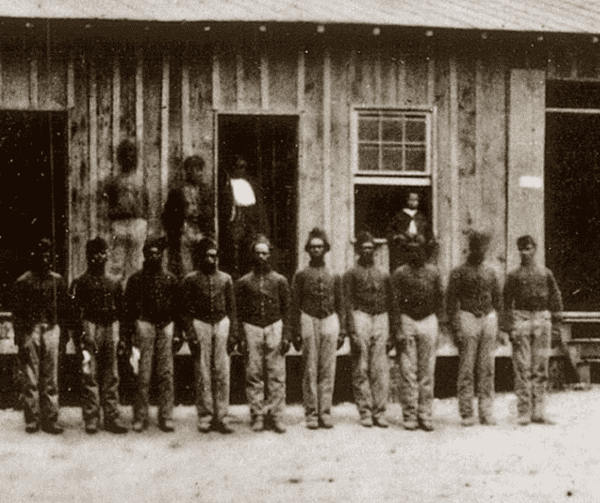
This inquiry leads students through an investigation of the compelling question—How should a nation reckon with its past?—students examine the ways that the United States has attempted to reconcile the brutality of slavery by analyzing contemporary policies, investigating a current effort to reckon with its past (through Reckoning, Inc.), and examine the ways that educators (and schools) can become a reconciliatory force through how they teach topics involving Black enslavement.
*Created for Reckoning, Inc.
What did freedom mean for Anna?
High School inquiry

In November of 1815, an enslaved woman known only as Anna jumped out of a third floor window in Washington DC in what was assumed to be a suicide attempt. Presumed dead, abolitionists used her story to expose the harsh realities of slavery and advocate for better treatment of slaves. In 2015, the Oh Say Can You See research project uncovered an 1828 petition for freedom from an Ann Williams for herself and three children. This woman was the same “Anna” who had leapt from the window, still alive but severely injured from her fall, a contrast to the widely held belief that she had died in the fall. In 1832, a jury ruled in her favor, granting Ann and her three children freedom from master George Williams. Ann and her children went on to live free in Washington, subsisting on the weekly $1.50 that Ann’s still enslaved husband was able to provide for his family. This inquiry and the compelling question seeks to address the autonomy that enslaved African Americans had, and the question of what freedom meant to Anna.
Does it matter who freed the slaves?
High School inquiry

The goal of this inquiry is to introduce students to historiography as they wrestle with historical significance within the context of a historical controversy. The common narrative about the end of slavery has given credit to President Abraham Lincoln, who earned the nickname “The Great Emancipator.” However, over the past 30 years, many scholars have sought to revise this narrative, with a critical mass now arguing that the slaves freed themselves. Students look at the laws that emancipated certain slaves over time and then examine the arguments contemporary historians have made about who was responsible for freeing the slaves. This inquiry invites students to engage with the actual historical debate, but rather than focusing on the veracity of claims, students concentrate on the significance of the issues behind the claims. By looking at the controversy about who freed the slaves, students should understand why this issue matters 150 years later.
Did the Constitution Establish a Just Government?
High School inquiry

The goal of this inquiry is for students to gain an informed, critical perspective on the United States Constitution as it stood at the conclusion of the Constitutional Convention of 1787. By investigating the justness of the Constitution, students examine how the Constitution structures the government, the Constitution’s relationship to slavery, and the extent to which the amendment process makes the government more democratic. Through taking a critical look at the Constitution, students should understand the government the Constitution created and develop an evidence-based perspective that serves as a launching pad for informed action.
Why did the South secede?
High School inquiry

This inquiry leads students through an in-depth investigation of a series of primary sources that highlight the events surrounding the secession of South Carolina and other Confederate states. Investigating the compelling question, “Why did the South secede?” students will need to consider the historical events leading up to the decision to secede, the role of political parties in secession and the views of both Southerners and Northerners on the issue of secession. In investigating the various perspectives surrounding the southern secession movement of 1860 and 1861 that ultimately led to the American Civil War, students will develop a nuanced understanding of the complicated process of secession and the conflicting moral, political and social tensions inherent in what history often paints as a straightforward decision. This inquiry can be used as a tool to introduce the Civil War or as a way to have students reflect on the aftermath of the Civil War.
Teaching with Reckoning, Inc.'s Sources
Interview Context and Dialect
Most of the oral histories featured on the Reckoning website come from the WPA Slave Narratives collection. Between 1936 and 1938, the Federal Writers’ Project, a part of the Work Projects Administration (WPA) collected over 2,300 first-person accounts of enslavement.
Though these are oral histories, teachers should be highly conscientious about the context within which these narratives were collected and transcribed.
See more information about Teaching with Reckoning, Inc.’s Sources
